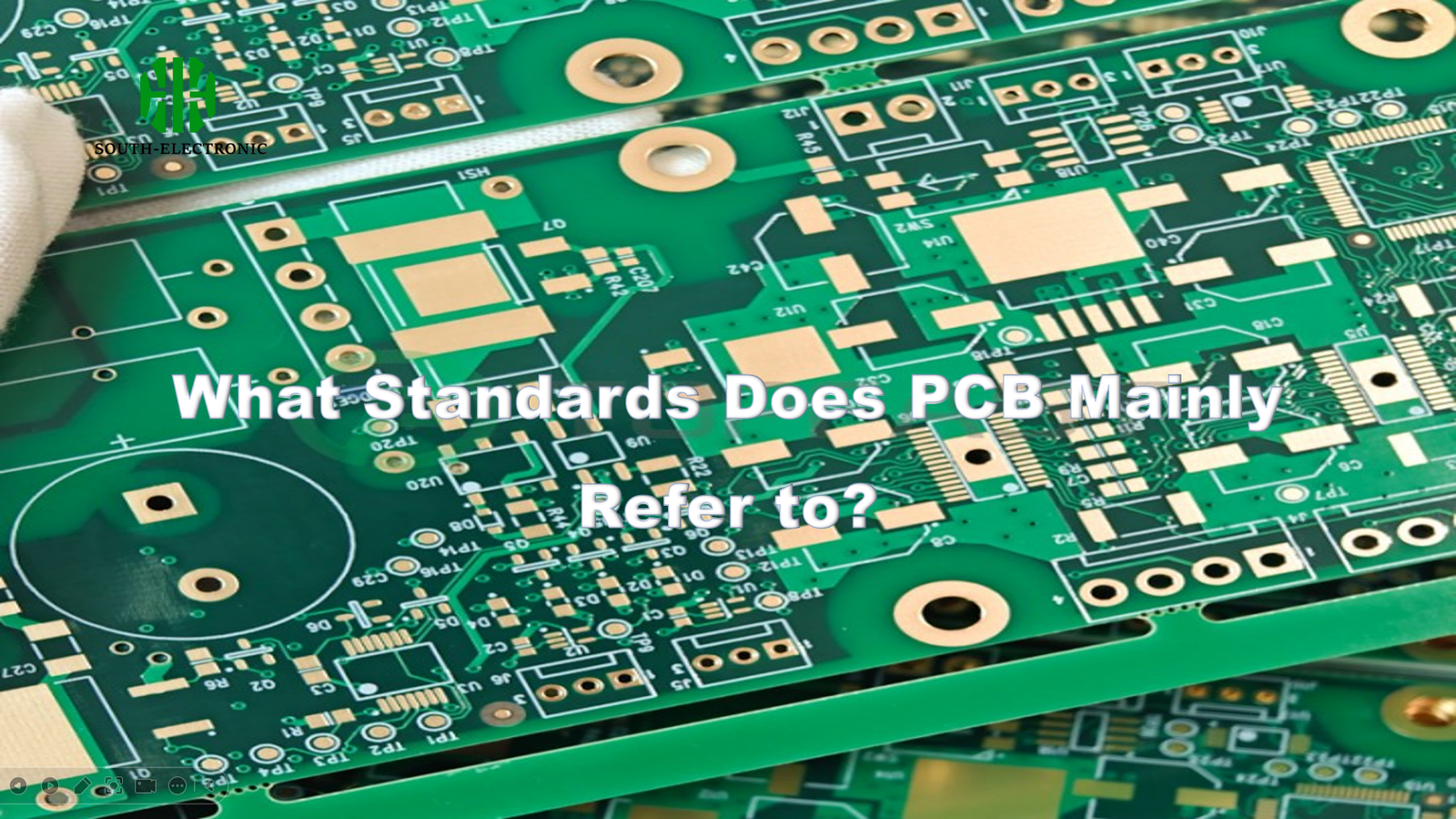Printed circuit boards power modern electronics – yet design failures increased 22% last year due to misunderstanding global standards. Your PCB’s reliability depends on knowing which guidelines matter most. Let’s cut through the technical jargon.
PCBs follow 4 mandatory standards: IEC 249/326 (base materials), IPC-4001/6010 (testing protocols), MIL-PRF-55110 (military specs), and region-specific JPCA/BS rules. New IPC-A-600H updates visual acceptance criteria for plated through-holes (0.05mm minimum copper thickness).
Like a subway map for PCB compliance, these standards form interconnected pathways through design, production, and testing phases. We’ll decode each critical standard set and reveal where manufacturers often stumble.
What Are the Key International Standards Governing PCB Design, Materials, and Products?
A medical device PCB failed thermal testing last month – the designer used outdated IPC-2221A instead of current IPC-2221E[^1]. Standards evolve, and catching up matters.
5 core standards govern PCB development: IEC 61188[^2] (design principles), IPC-2221 (layout rules), MIL-PRF-31032[^3] (high-reliability boards), JPCA-BM02 (Japan’s material specs), and BS 6221 (UK’s environmental tests). Aerospace PCBs require all five.

Breakdown of Critical Standard Applications
These standards divide into three functional pillars:
| Standard Type | Key Documents | Scope | Limitations |
|---|---|---|---|
| Design Rules | IPC-2221E, IEC 61188-7 | Trace spacing, hole sizes | Doesn’t cover AI-optimized layouts |
| Material Specs | IPC-4101E, JPCA-BM01-2022 | Laminate types, Tg values | Limited nano-material guidance |
| Reliability Tests | MIL-STD-202H, BS EN 62326-1 | Vibration, thermal cycling | Military specs cost 40% more |
Military-grade PCBs require 217% more documentation than commercial boards. While IPC-2221 covers 83% of commercial needs, medical devices need supplemental IEC 60601-1 safety protocols. New flexible PCB designs now reference IPC-6013E revisions.
Which International Standards Cover PCB Acceptance Criteria and Quality Assurance?
A factory rejected 12% of boards last quarter – their IPC-A-600G checklists missed the Class 3 copper adhesion updates. Version control is critical.
IPC-A-600K (acceptance) and IPC-6011 (QA) set visual/mechanical criteria. Class 2 requires 20μm copper, Class 3 demands 25μm. But IEC 61191-2 leaves soldermask adhesion testing open to interpretation.

The Good, Bad, and Missing in QA Standards
Current standards excel in some areas while lagging in others:
| Standard Strength | IPC-A-600K | IEC 61191-2 | Gaps |
|---|---|---|---|
| Plating Thickness | Detailed tables | General statements | No IoT board specs |
| Solderability | Multiple test methods | Single method | New lead-free alloys? |
| Delamination | Thermal shock protocols | Mechanical stress only | Composite materials? |
IPC-6011 requires 32 QA checkpoints vs. IEC’s 18, but neither addresses graphene traces. A 2023 NIST study found 14% of "compliant" boards failed under 5G mmWave frequencies – existing standards don’t cover high-frequency material losses.
How Do IEC 249[^4]/326 and IPC-4001[^5] Differ in Regulating PCB Base Materials?
A 0.3mm smartphone PCB warped because the designer mixed IEC dielectric constants with IPC’s Tg requirements. Material specs need careful cross-referencing.
IEC 249 defines FR-4 resin content (45-55%), IPC-4001 focuses on thermal performance (Tg ≥170°C). JPCA-BM01-2022 adds humidity resistance specs absent in Western standards. Military MIL-P-13949 requires 0.05% halogen content.

Material Compliance Crossroads
Choosing between standards depends on three factors:
| Decision Driver | IEC 249/326 | IPC-4001 Series | Conflict Points |
|---|---|---|---|
| Temperature Range | 105°C base | 170°C minimum | Automotive vs. Consumer |
| Signal Integrity | εr=4.7 @1MHz | εr=4.3 @10GHz | High-freq divergence |
| Cost Factors | 20 material options | 5 approved types | Supplier limitations |
While IPC’s thermal specs are 15% stricter, IEC allows broader material innovation. A 2022 HP study showed 68% of high-speed boards blend IEC dielectric specs with IPC’s thermal reqRequisitos que crean desafíos de cumplimiento híbrido.
Conclusión
Los estándares de PCB forman un ecosistema dinámico: IEC/IPC establece bases globales, las especificaciones MIL impulsan los extremos, mientras que JPCA/BS aborda las necesidades regionales. Mantenerse al día con la actualización IPC-6011EM de 2024 para PCB de movilidad eléctrica es crucial, ya que los estándares evolucionan con la tecnología.
[^1]: Comprender IPC-2221E es crucial para garantizar que sus diseños de PCB cumplan con las normas y estándares de diseño actuales, evitando costosas fallas.
[^2]: Profundizar en IEC 61188 mejorará su comprensión de los principios de diseño que garantizan diseños y funcionalidad de PCB eficaces.
[^3]: Explorar MIL-PRF-31032 le brindará información sobre los rigurosos estándares para PCB de alta confiabilidad, esenciales para aplicaciones críticas.
[^4]: Conozca las especificaciones IEC 249 para materiales de PCB, cruciales para garantizar el cumplimiento y el rendimiento en diseños electrónicos. [^5]: Descubra los estándares de rendimiento térmico de IPC-4001 para garantizar que sus diseños de PCB cumplan con los criterios de resistencia al calor necesarios.



